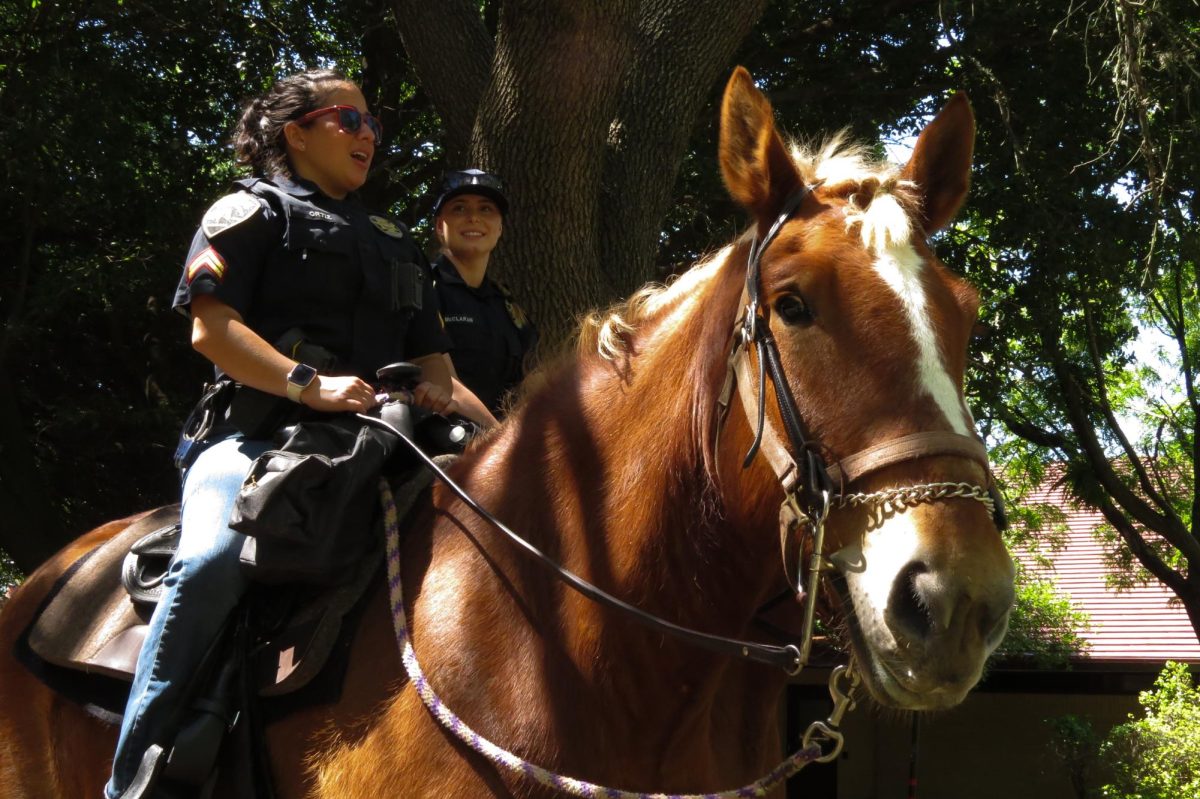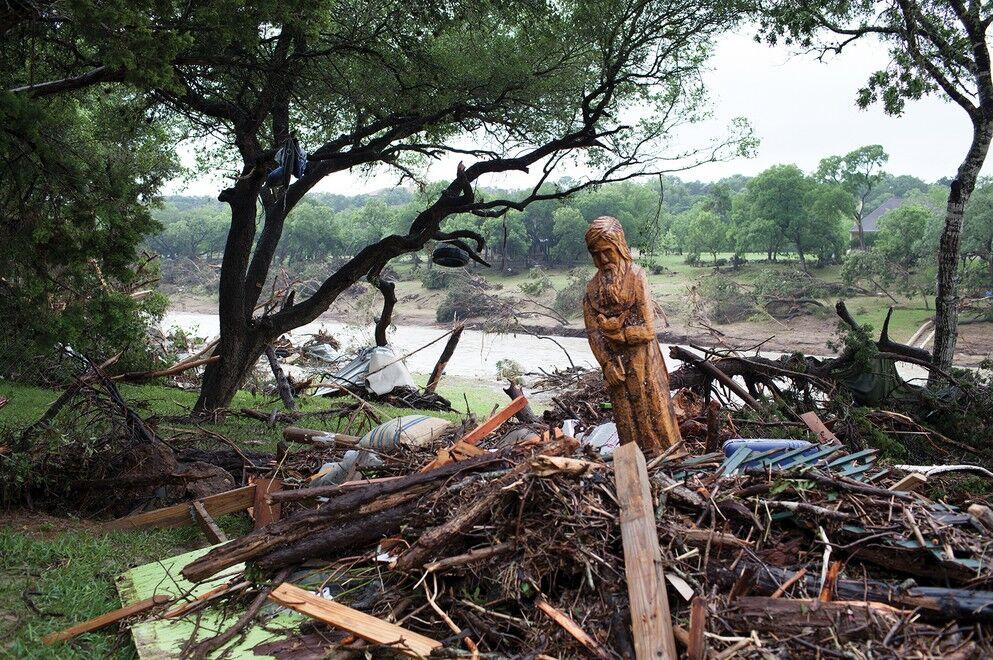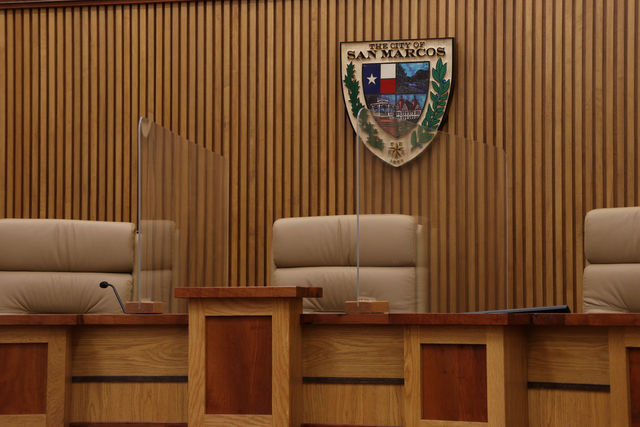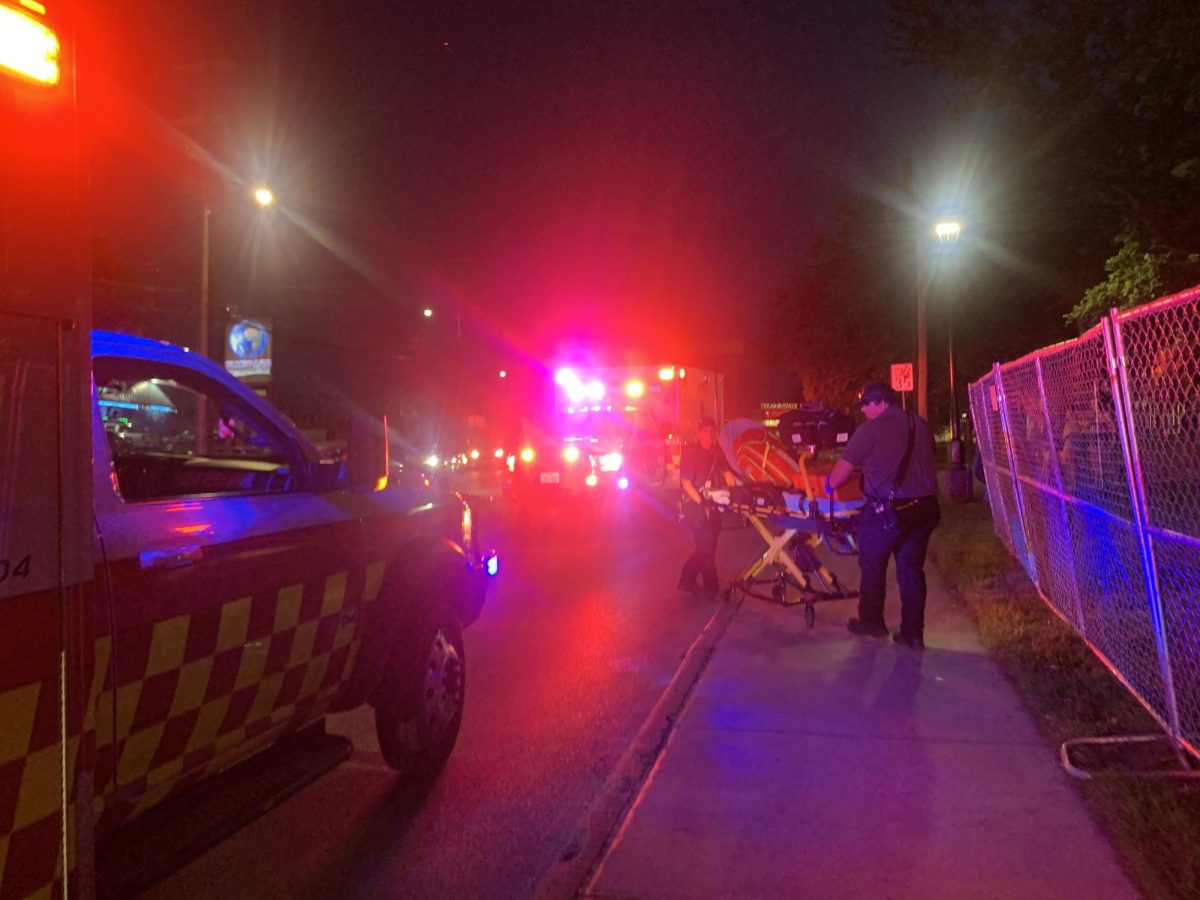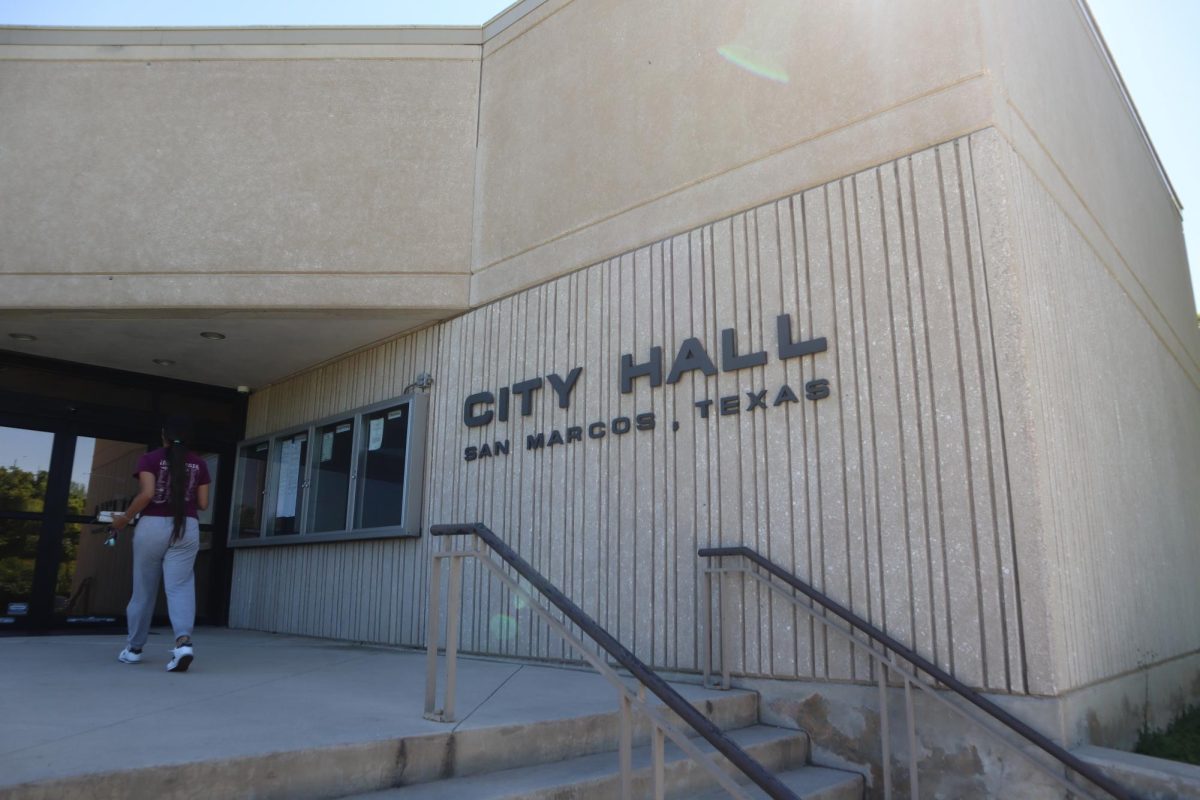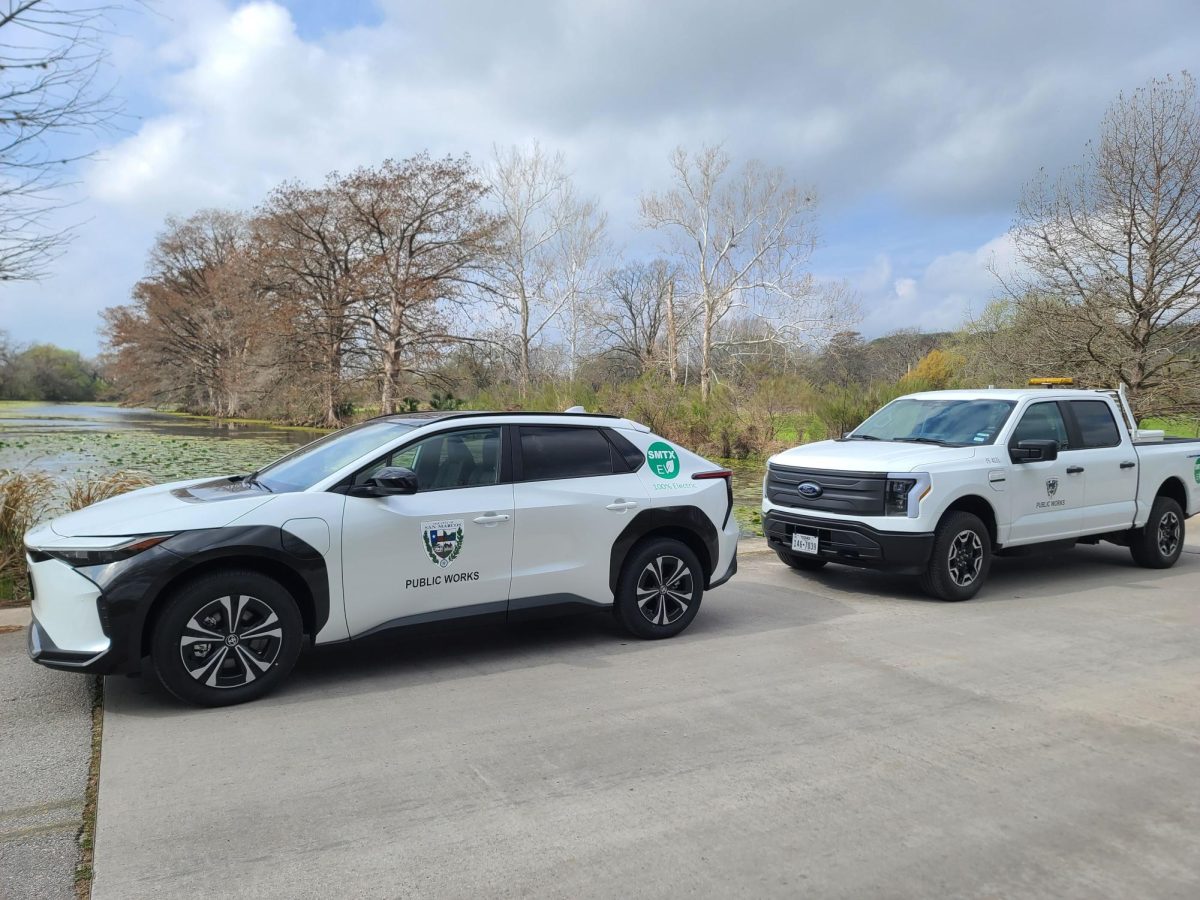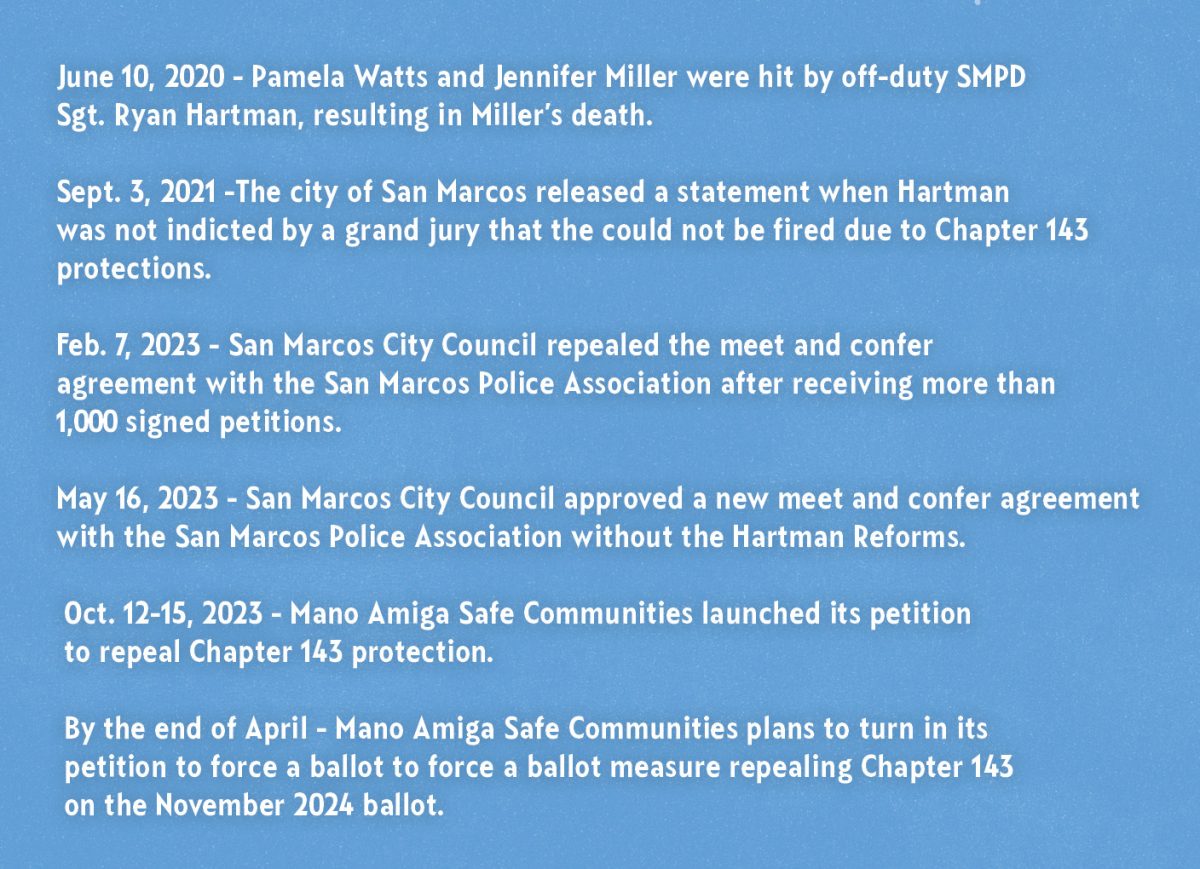The City of San Marcos received $24 million from the Community Development Block Grant; residents provided input on how the money should be spent.
San Marcos officials opened a survey up to residents and non-residents Oct. 11-Nov. 1 to develop a mitigation action plan. The plan will determine how grant funds—received August 2019—will be utilized for future damage protection in the case of a natural disaster. The finalized plan is due March 3, 2020, to the U.S. Department of Housing and Urban Development.
The Community Development Block Grant is provided by the U.S. Department of Housing and Urban Development. The grant, formed in 1974, was created by HUD to provide communities with the ability to tackle a wide variety of developmental needs; in this case, disaster damage mitigation.
HUD Secretary Julián Castro announced February 2016 San Marcos would be receiving the $25 million grant due to the flooding disaster that took place in late 2015.
Emergency Management Coordinator Rachel Ingle said the grant funds are dedicated to the prevention of disasters rather than recovery from previous events.
“Recovery is a long term process; it can take up to 10 years for jurisdiction to recover from a major disaster,” Ingle said. “We’re still in the recovery phases. However, the money we’re getting now from the Community Development Block Grant is for mitigation, meaning what are the things we can do across the city to help (alleviate) the effects of future disasters.”
The survey consisted of six mitigation activities, which are general actions that could be performed to minimize damage to properties in the case of a future natural disaster. The questionnaire asked residents to rank which of these activities should be the highest priority for the city to determine what should receive the most funding.
The actions include establishing evacuation plans, preservation of land to mitigate flooding, improving properties that have flooded and hazard warning systems and increasing the number of warning signs at low water crossings.
Capital Improvements Program Engineer Jackie Thomas said a majority of the actions could be executed at a lower cost than two of the more complex projects.
“We have these six priorities that have been identified, and four of them can be done at a fairly low cost,” Thomas said. “The two priorities I may be focused on—assisting and preservation of land and repetitive loss—have a higher monetary cost. So we can do a lot with a little money or use a lot of money for fewer things, depending on the results.”
There was a total of 223 responses to the survey, with 86% of the replies from San Marcos residents. Respondents voted land preservation and drainage improvements to repeatedly flooded properties the highest. The lowest priority action was increasing warning signs at low water crossings. According to the survey results, 43.19% of participants have been directly affected by flooding during previous natural disasters.
Community Initiatives Program Administrator of the Housing and Community Development Department Aaron Harris said his process for selecting properties to improve will focus on cost-effectiveness.
“We did an analysis where we identified properties that would provide flood mitigation and could either be used to support a stormwater project or to provide preservation aspects,” Harris said. “What we anticipate is using this process to go back and evaluate the properties we identified. This isn’t something as public as we’re used to doing because this is land acquisition and negotiation. We will do our best to identify the properties providing the biggest bang for the buck.”
The Planning and Development services team will present a draft for the mitigation action plan to City Council December 2019, followed by a 45-day public comment period. Final approval of the document will commence in February 2020. The completed plan will be submitted March 3, 2020.
To view the statistics gathered from the survey and more information about the disaster recovery grant, visit the San Marcos CDBG Disaster recovery website.





